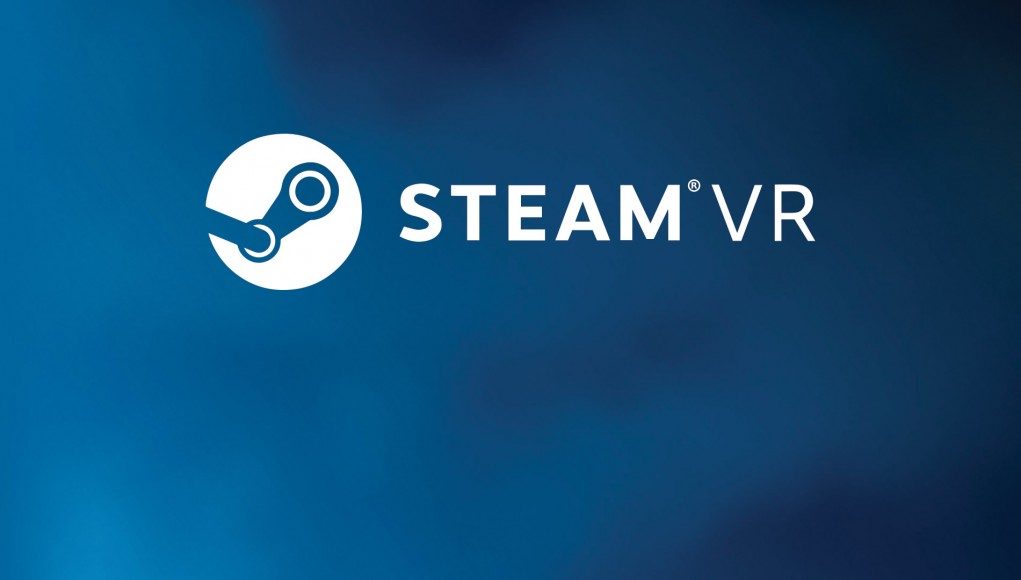In the latest set of data from Vale’s monthly Steam Hardware & Software survey, the Vive Pro has finally made an official entrance and shows that the gap between Rift and Vive isn’t as wide as it appeared.
Each month, Valve runs a survey among Steam users to determine some baseline statistics about what kind of hardware and software is used by the user population, and to see how things are changing over time; that includes which VR headsets are connected to users’ computers. Participation in the survey is optional.
The September numbers show the Oculus Rift furthering its lead in headset marketshare on Steam, now at 47.27% (+0.16%) over the HTC Vive’s 42.36% (−0.22%). Meanwhile Windows VR headsets also rose slightly, continuing a five month growth streak, now at 7.22% (+0.04%).

For the first time since its launch back in April, HTC’s Vive Pro headset is now formerly represented in the data. We had actually spotted its influence in months past when we noticed that the total percentages provided by the Steam survey weren’t adding up to 100%. Road to VR reached out to Valve who has since corrected the issue, putting the Vive Pro properly on the chart and confirming our suspicion that the missing percentages were tied to the Vive Pro. With that said, we now know the Vive Pro’s share among SteamVR headsets dating back to April:
| 4/18 | 5/18 | 6/18 | 7/18 | 8/18 | 9/18 | |
| Vive Pro | 0.49% | 1.22% | 1.42% | 1.81% | 1.95% | 2.03% |
Growth has been slow for the Vive Pro—to be expected of by far the most expensive headset to appear in the data—having taken six months to reach 2% headset share on Steam. Windows VR headsets on the other hand, which are much cheaper, hit 2% share less than a month after becoming available.
Interestingly, the Huawei VR2 headset also recently appeared in the data (a 3DOF SteamVR compatible headset released back in May), but it presently makes up 0% of the Steam headset share, according to the survey data.
While the gap between the Rift and Vive has been slowly growing wider over the last few months, accounting for the Vive Pro reveals the gap to be smaller that it previously appeared, with the Rift now at 47.27% and the Vive & Vive Pro at 44.39% (compared to 42.36% for the Vive alone). An argument could be made then to add the Rift DK2 development kit to the Rift total (which would add 1.11%), but we have reason to believe that a large portion of Rift DK2’s in the Steam data are knockoff headsets representing themselves as real DK2 headsets.
According to the August figures, overall 0.72% (−0.02%) of the sampled Steam users had VR headsets connected to their computers at the time of the survey, representing a 14% growth in headsets on Steam over five months prior. [Why 5 months prior? Valve has previously stated there were some data anomalies in the Steam survey between September 2017 and March 2018; 5 months prior is the nearest known good data point for comparison].
Hardware sales and content are major drivers for the VR headset figures seen on the Steam Hardware & Software Survey, but certainly not the only factors. New users joining Steam (who are statistically unlikely to own a VR headset) also impact the overall growth from a percentage standpoint.







